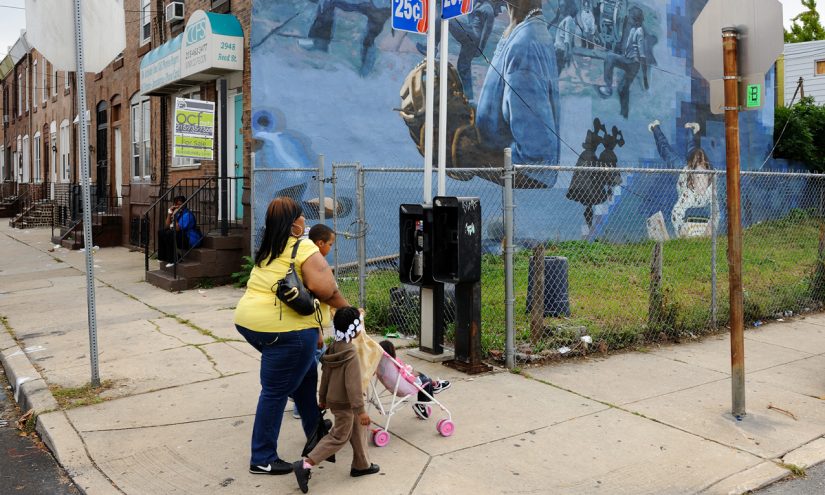Unintended Consequences: How Well-Meaning Financial Reforms Deepened Racial Economic Divides

A comprehensive fiscal policy analysis spanning 48 states and stretching back to 1990 yielded unexpected and disheartening insights for the lead researcher. The extensive study, which delved deep into state-level financial strategies, revealed patterns that left the lead author feeling both surprised and profoundly discouraged by the findings. The research not only shed light on long-standing fiscal trends but also exposed complex economic challenges that have persisted across multiple decades of state governance.








